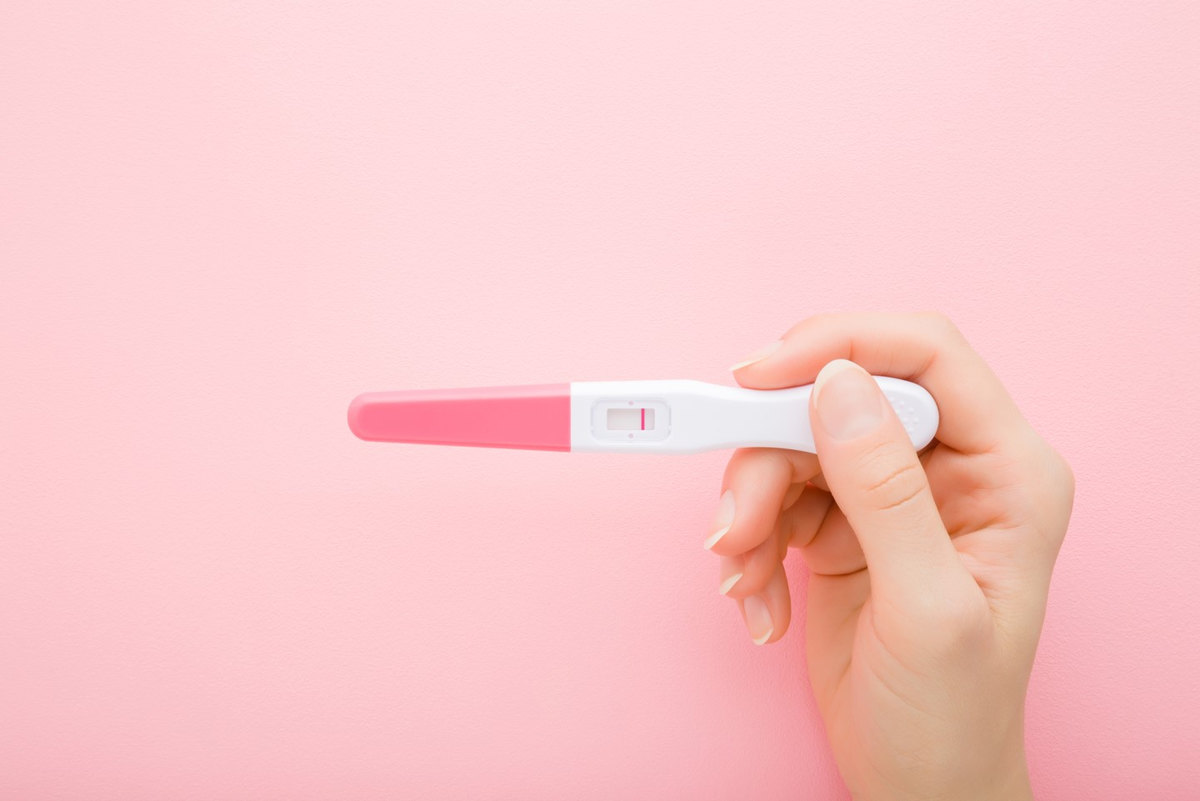Current state of infertility and available MAP treatments
Causes of the rise in infertility in France
According to the latest report published by the World Health Organization (WHO), infertility is a public health problem that poses many emotional, psychological and financial challenges. It affects around 1 in 6 people worldwide, or 17.5% of the adult population, and France is no exception. These new estimates show that the prevalence of infertility is comparable from one country to another, regardless of income level (high, intermediate or low).
In France, infertility directly affects 3.3 million people, or almost one couple in four. Over the period 2008-2017, more than 150,000 couples had recourse to infertility treatment each year, and this figure continues to rise. Several causes were identified by the French Ministry of Health in its February 2022 report. These are of a societal, environmental and medical nature. The average age of mothers at first birth has risen from 24 in 1975 to 28.8 in 2019, at a time when female fertility is declining from the age of 30 and even more so from the age of 35. This increase in the age of parenthood can be explained by a number of societal factors, including the spread of female employment and contraception, and the search for professional and financial stability before embarking on a parental project. On the other hand, exposure to environmental factors such as endocrine disruptors and air pollution reduces fertility. Certain lifestyles also have a deleterious effect, including smoking, cannabis use, obesity and an unbalanced diet.
These are just some of the reasons behind the increasing use of medically assisted reproduction methods. All the more so as new demands are being made to open up access to MAP to all women. Since the enactment of the bioethics law in August 2021, single women or women in same-sex couples who have a parental project now have access to MAP.
Availability and effectiveness of current assisted reproduction treatments
Medically-assisted procreation comprises several techniques:
- Artificial insemination using sperm from a spouse or third-party donor;
- In vitro fertilization (IVF) brings together eggs and sperm from spouses or third-party donors in a Petri dish. In addition to this classic IVF technique, in which several gametes are simultaneously brought into contact in a Petri dish, it is also possible to perform ICSI (intracytoplasmic sperm injection), in which a single sperm is injected into each oocyte. The aim is identical: to obtain embryos that will then be implanted in the woman’s uterus;
- Embryo reception is performed when embryos from a donor couple or woman who have had them frozen during IVF are transferred to a patient’s uterus.
Today, IVF and ICSI are the most commonly used methods for treating infertility, but they have significant limitations. In fact, the average success rate for the first IVF cycle is around 25-30% in women under the age of 35, and this rate decreases considerably with age. This is due in particular to the selection of embryos for implantation, which remains a major challenge. At present, embryos are selected mainly on the basis of morphological criteria observed under the microscope, which does not always guarantee selection of the most viable embryos. As a result, the risk of implantation failure or miscarriage remains high. So, despite the progress made, many patients have to undergo several IVF cycles before their parental project can come to fruition. The whole process lasts an average of four years and requires numerous examinations, which represents a major physical and psychological burden, and increases the financial cost of the treatment.
On the other hand, while the number of requests for assisted reproduction is rising, the number of MAP procedures is not increasing proportionately. The Agence de biomédecine reported a 25% increase in requests between the 2nd half of 2022 and the 1st half of 2023, while the number of first consultations actually carried out rose by just 2.8% over the period. Since the bioethics law of August 2021, the number of first consultation requests for female couples and single women has become 7.5 times higher than for heterosexual couples.
Potential uses of artificial intelligence in MAP treatments
Used in the healthcare field since the 1980s, artificial intelligence only began to be used in assisted reproduction in the 2010s. With its ability to analyze massive amounts of data and identify complex patterns, artificial intelligence offers the hope of significant improvements in IVF treatments. Here’s an overview of the different stages of IVF treatment on which it could have a major impact.
AI in MAP to improve embryo selection
Traditionally carried out by manual and subjective observation, there is no uniform or standardized method for embryo selection. However, image analysis algorithms powered by artificial intelligence are changing all that. Indeed, by gaining precision in the analysis of various embryo characteristics not always perceptible to the human eye, such as morphology, cell division patterns and chromosomal or genetic abnormalities, AI can provide an objective and more accurate assessment of embryo quality. At the end of December 2022, an article published in The Lancet Digital Health journal demonstrated that artificial intelligence could determine with around 70% accuracy whether an in vitro fertilized embryo is genetically viable.
On the other hand, AI can also be coupled with imaging systems in embryoscopes, the incubators used to monitor embryo development prior to implantation, thereby increasing the accuracy and speed of analysis of the volumes of data generated by the system.
All in all, AI could considerably increase the chances of identifying the embryos most likely to lead to a full-term pregnancy, thus improving IVF treatment success rates and timelines.
AI in MAP to create personalized treatment plans
Every assisted reproduction journey is influenced by various factors such as the patient’s age, medical history and hormone levels. As part of this, AI is able to examine large datasets from previous IVF cycles, as well as profiles of other patients, to identify patterns and factors that influence success rates. With this information, clinicians can create personalized treatment plans, tailoring IVF protocols to each patient’s specific needs.
This is the case, for example, with hormone treatments, which play a crucial role in the IVF process, stimulating the ovaries to produce a sufficient number of mature oocytes. Artificial intelligence could help adjust hormone balance and dosages in real time, in particular to reduce the risks associated with excessive hormone treatments, such as ovarian hyperstimulation syndrome.
This personalized approach not only increases the chances of success, but also reduces the emotional and financial burden of multiple unsuccessful attempts, as well as the side effects and stress associated with MAP.
Discover how our team can help you optimise your patient pathways >
Ethical challenges and issues related to the use of AI in LDCs
While the potential benefits of AI in MAP are considerable, there are several ethical and practical challenges that need to be considered.
Challenge n°1: Ensuring data protection and confidentiality
As with e-health or telemonitoring, reflections are underway concerning data quality and confidentiality. AI algorithms depend on large datasets to train and make accurate predictions, raising concerns about patient privacy and the security of sensitive information. On the other hand, the heterogeneity of embryo selection criteria from one clinic to another induces a high variability of data that can make it difficult to form consistent and generalizable AI models.
Challenge n°2: Ensuring algorithm transparency and patient acceptability
Algorithm transparency is also crucial. Decisions made by automated systems must be understandable and justifiable for clinicians and patients alike. It is essential that artificial intelligence is used as a complement to clinical judgment, not as a substitute for it. Indeed, patients may be skeptical about the use of AI in their treatment, fearing that the technology will replace human expertise or be dehumanizing. For these reasons, clinicians need to be trained in the use of these new technologies to ensure successful integration into medical practices.
Challenge n°3: Ensuring accessibility to AI technologies in MAP and inequalities of care
Finally, it’s important to consider the accessibility of AI-based technologies. While these innovations promise to improve success rates in assisted reproduction, they require medico-economic studies to ascertain their impact on treatment costs for patients. If treatment costs rise, appropriate regulation and financial support policies may be needed to ensure equal access to infertility treatments.
Artificial intelligence could represent a major advance in the field of medically assisted reproduction (MAP). By improving embryo selection and personalizing procedures, AI has the potential to transform infertility treatments. However, for this revolution to be beneficial for all, it is crucial to overcome ethical challenges, guarantee accessibility to these innovative technologies and pursue research to refine and develop them. Alcimed is closely monitoring the rapid developments in this field, and our team is ready to support you in these matters. Don’t hesitate to contact our team!
About the author,
Mathilde, Consultant in Alcimed’s Innovation and Public Policy team in France.



